© 2025 MJH Life Sciences™ , Patient Care Online – Primary Care News and Clinical Resources. All rights reserved.
Back to School Report Card: 10 New Health Lessons
Counsel patients and parents on how best to prepare--click through these slides for the latest on school-related health issues.

The benefits of reading books include a longer life in which to read them.-Bavishi et al, Yale University School of Public Health
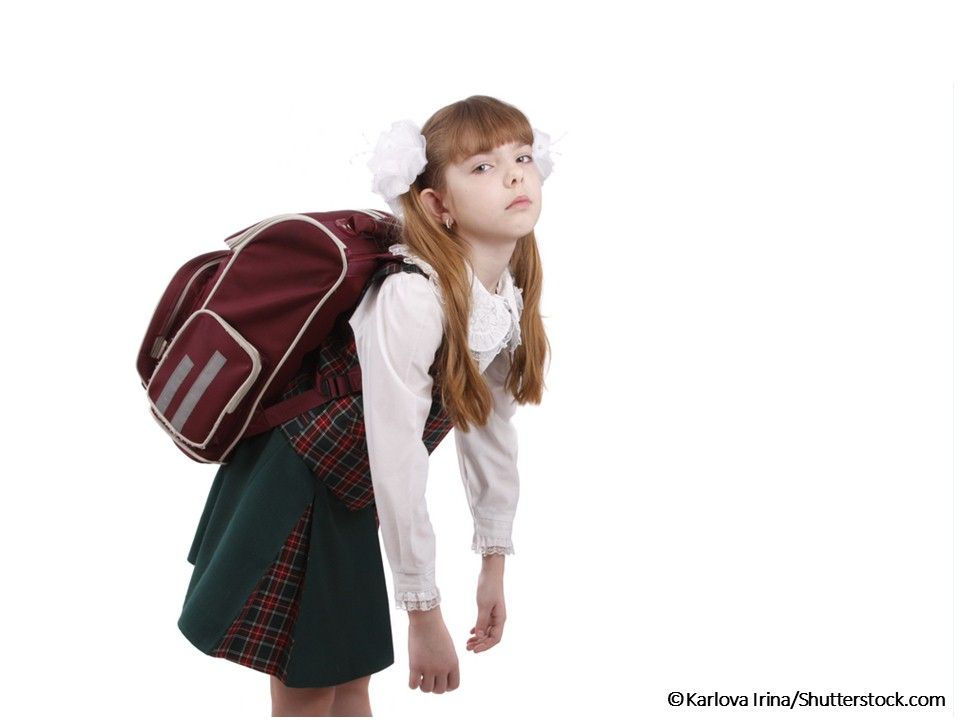
1. Back to School Means Back Pain.
Backpacks that contain heavy textbooks and laptops or tablets often cause back-related pain in school-aged children. More than 26,000 persons were treated for backpack-related injuries last year; at least 10,000 were children aged 5 to 18 years. Injured muscles and joints can lead to posture problems and back, neck, and shoulder pain. Parents and kids are advised to consider lightening the backpack load to minimize these injuries.
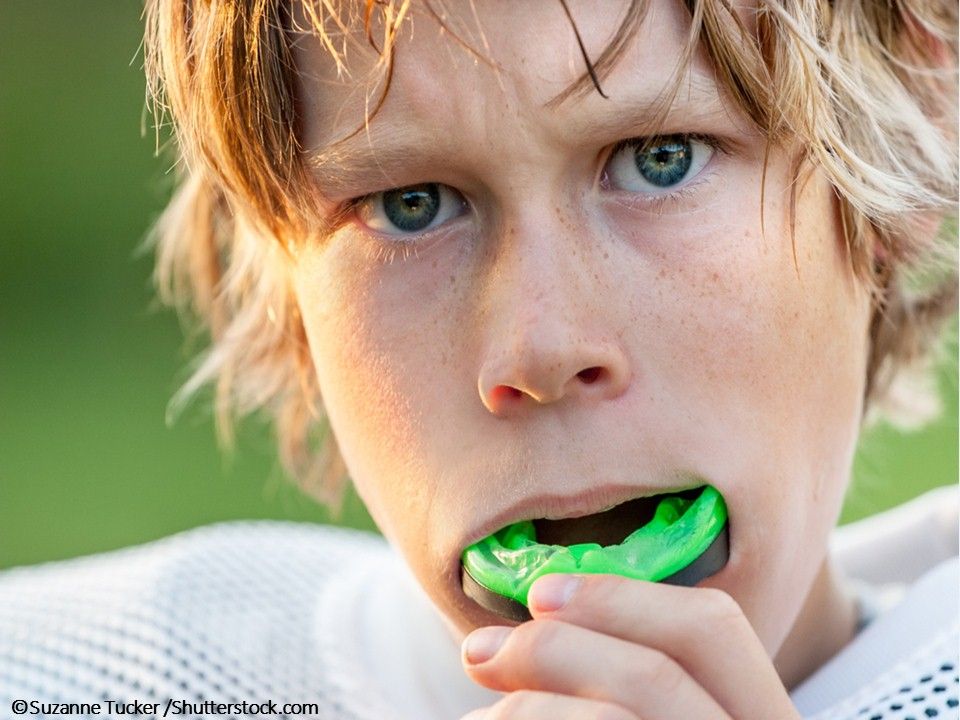
2. School, Activities, and Postconcussion Symptom Spikes.
New findings support clinical guidelines for adolescents to return to school and activities gradually after concussion. Postconcussion symptom spikes occurred in one-third of study participants and tended to partially resolve within 24 hours. An abrupt increase in mental activity from 1 day to the next increased the risk of a symptom spike. Most symptom spikes were not preceded by a documented increase in physical or mental activity.

3. Veggie Marketing 101.
Daily exposure to branded vegetable characters enhances children’s vegetable selection in elementary school cafeterias. Students were assigned to a vinyl banner around the base of the salad bar that displayed vegetable characters, short TV segments with health education delivered by vegetable characters, or both. When exposed to the banner only, 90.5% more students took vegetables. When exposed to both, 239.2% more students visited the salad bar.

4. Fight Against Bullying.
School-based bullying affects 18% to 31% of children and adolescents, and cyberbullying (Internet, social media, texting) affects 7% to 15%. A new consensus report highlights knowledge gaps and offers evidence-based recommendations to reduce the burden. Bullying is seen as the cause of significant problems in physical and mental health and academic achievement. Improved evidence-based bullying prevention training of professionals who regularly work with youth is called for.
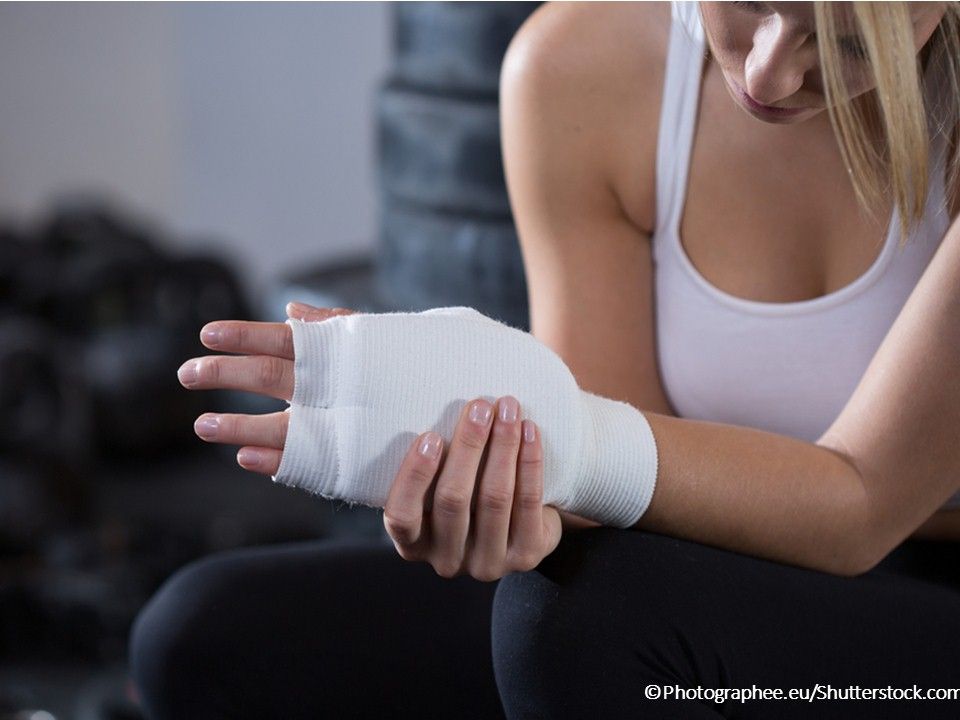
5. Sports & Exercise vs Opioids & Heroin.
Daily participation in sports and exercise may protect against nonmedical prescription opioid use (NPOU) and heroin use. Trends in NPOU and lifetime heroin use among adolescents who engage in sports and exercise declined between 1997 and 2014. The odds of reporting lifetime NPOU and heroin use and of initiating NPOU before heroin were lower in adolescents who engaged in sports and exercise than in those who did not engage during the past year.
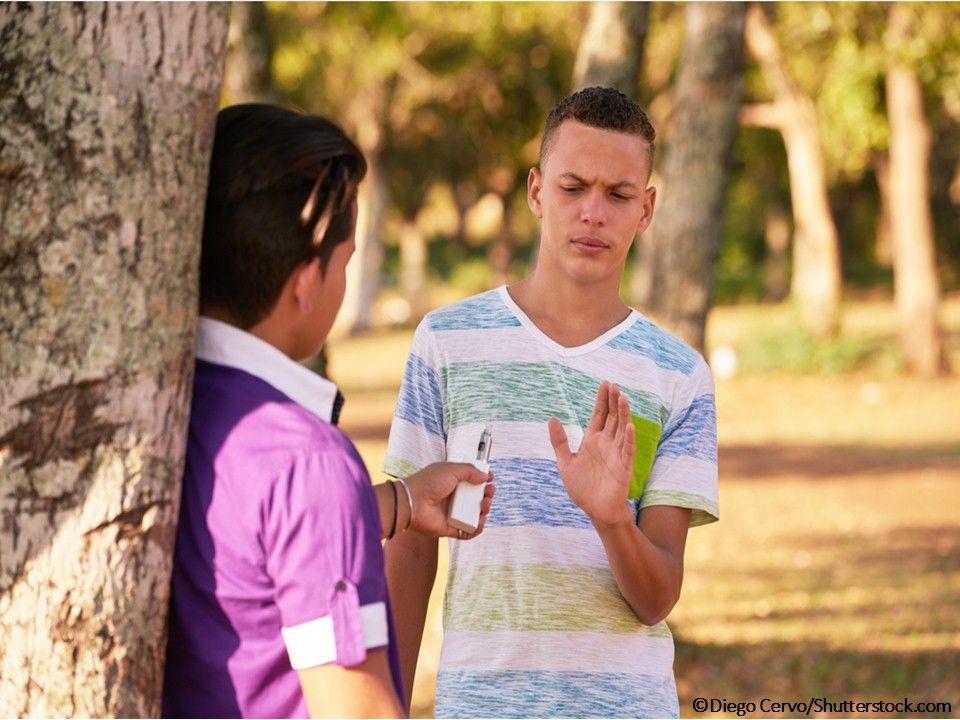
6. Trying E-cigarettes and Continued Use.
Researchers examined whether certain reasons for middle school and high school students first trying e-cigarettes would predict continued use. Low cost, the ability to use them anywhere, and wanting to quit smoking regular cigarettes predicted continued use. They concluded: regulatory strategies (increasing cost, prohibiting use in some places) may help prevent continued use and interventions for current cigarette smokers and younger students may be needed

7. AAP Favors Inactivated Flu Vaccine.
The American Academy of Pediatrics recommends that children aged 6 months and older be immunized against influenza every year but agrees with a CDC recommendation that the live attenuated influenza vaccine not be used in the upcoming 2016-2017 season. “The science is compelling that the inactivated vaccine is the best way to protect children from what can be an unpredictable and dangerous virus,” said AAP CEO/Executive Director Karen Remley, MD.
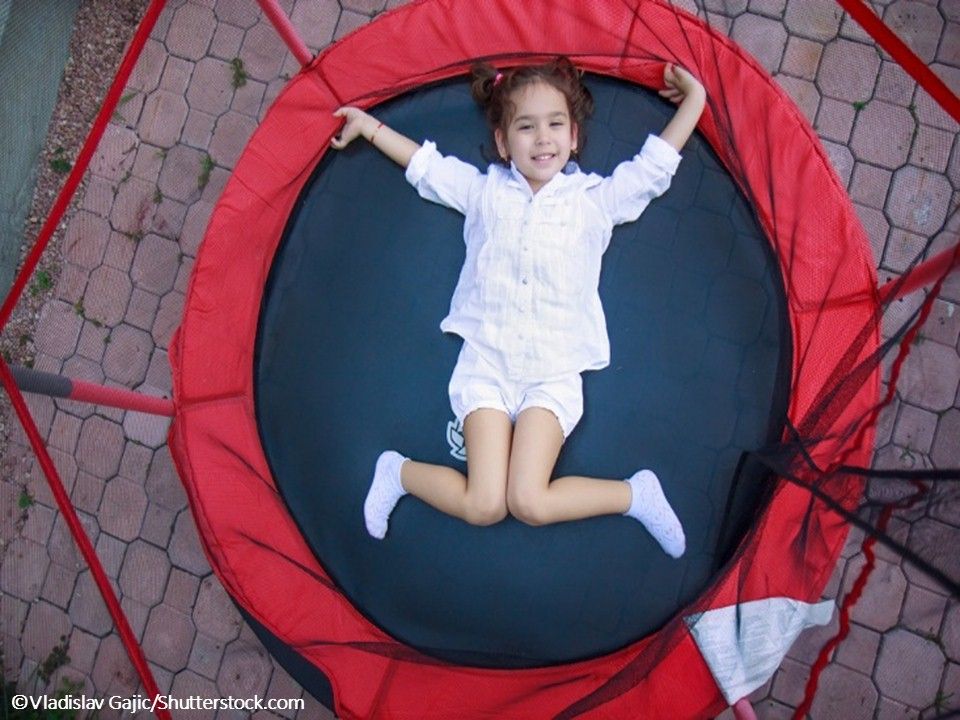
8. A Bounce in Trampoline Injuries.
Estimated US ED visits for trampoline park injuries (TPIs) went up significantly from 2010 to 2014, but home trampoline injuries did not. Sprains and fractures were the most common injuries at both venues. TPIs were less likely to involve head injury and more likely to involve lower extremity injury. Investigators called for more investigation and strategies to prevent injuries at trampoline parks.

9. Back-to-School Eye Exams.
One-fourth of children have vision problems, but many don’t know they have one. Vision correction can upgrade academic performance because 80% of learning at school is visual. Eyecare professionals recommend a back-to-school eye exam even though many children receive a vision screening at school because a screening tests only for visual acuity. Comprehensive exams also test for chronic diseases and color vision and make sure the eyes are working together properly.

10. A Book a Day Keeps the Doctor Away.
Back to school means hitting the books, and book reading may lead to living a longer life. A study found that book reading provides a survival advantage among older persons, regardless of gender, wealth, education, or health. The advantage of reading books, which works through a cognitive mediator, is bigger than that for reading newspapers and magazines.
As the start of the new school year approaches, parents face an ever-growing array of challenges to the health of their children, everything from postconcussion symptom spikes to cyberbullying.Click on the slideshow above for the latest on back-to-school health issues so you can counsel your patients on how best to prepare.
Related Content:



